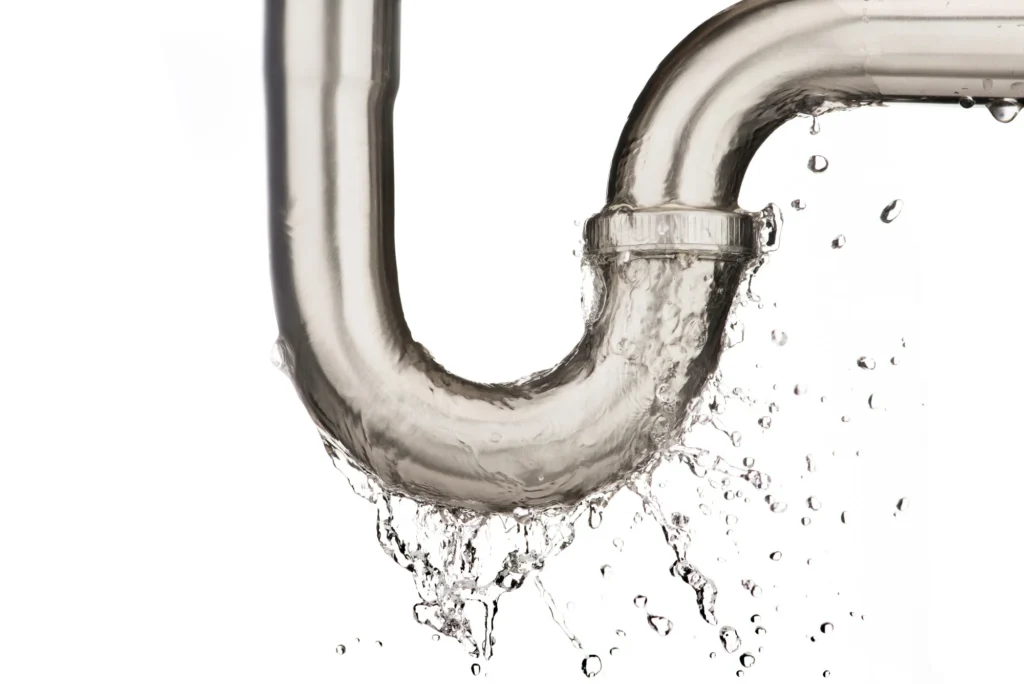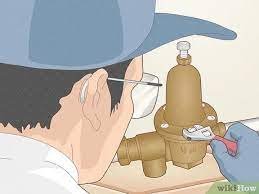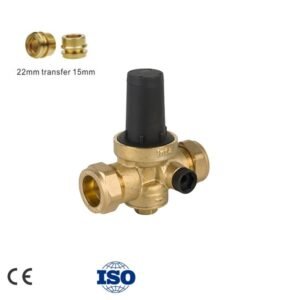In the vast and intricate world of valves, two types that often cause confusion are the pressure reducing valve and the pressure relief valve. Despite their similar names and some functional similarities, these valves serve distinct purposes within piping systems and are crucial for different aspects of pressure management. This article explores the fundamental differences between these two types of valves, their operating principles, applications, and how they contribute to system safety and efficiency.
Pressure Reducing Valve: Managing Flow for Consistency
A pressure reducing valve (PRV), sometimes referred to as a pressure regulator, is designed to reduce the input pressure of a fluid or gas to a desired level at its output, ensuring that the downstream system receives a consistent and manageable pressure regardless of fluctuations in the upstream supply. The primary function of a PRV is not to relieve pressure but to regulate or moderate it, making it a control device.
Operating Principle
The basic operation of a pressure reducing valve involves a control mechanism that opens just enough to allow the process medium (fluid or gas) to pass through at a reduced pressure. This is achieved through a balance between the downstream pressure demand and the spring force applied to the valve diaphragm or piston. As upstream pressure rises, the valve opens more to allow more medium to pass until the set downstream pressure is maintained. Conversely, if the upstream pressure drops, the valve closes sufficiently to maintain the desired downstream pressure.
Applications
Pressure reducing valves find extensive use in residential, commercial, and industrial settings. In residential applications, they are often used to lower the municipal water supply pressure to a safer and more usable level for home plumbing systems. In industrial applications, PRVs are critical in process control for various systems, ensuring that equipment operates within safe pressure limits and with optimal efficiency. They are also essential in steam systems, air compressor systems, and water supply systems, among others.

Pressure Relief Valve: Safety Device Against Overpressure
A pressure relief valve (PRV) or pressure safety valve (PSV) is a safety device designed to protect pressurized systems from overpressure, which could result in system failure or catastrophic events. It automatically releases gas, steam, or liquid upon detecting that the system pressure has exceeded a predefined safety limit, thereby preventing potential damage.
Operating Principle
The operation of a pressure relief valve is relatively straightforward but critical for system safety. The valve remains closed under normal operating conditions. However, when the system pressure exceeds the set point for which the valve is calibrated, the force of the pressurized medium on the valve’s disc or piston overcomes the force of the closing mechanism (often a spring), opening the valve. This allows the excess pressure to be vented or discharged, thereby preventing the system pressure from rising further. Once normal conditions are restored, the valve automatically returns to its closed position.
Applications
Pressure relief valves are an essential component of any pressurized system where overpressure conditions could pose a safety risk. Common applications include boilers, gas storage tanks, chemical processing systems, and other industrial systems where controlling the pressure is critical to preventing equipment failure or explosions. They are mandated by safety regulations in many industries and are critical for protecting both equipment and personnel.
Comparing the Two: A Matter of Control vs. Safety
The primary difference between a pressure reducing valve and a pressure relief valve lies in their purpose and operation. A pressure reducing valve is used to control and stabilize the pressure within a system to a desired level, functioning continuously during normal operations. On the other hand, a pressure relief valve is a safety device designed to prevent overpressure by discharging excess pressure only when necessary to protect the system.
Design Considerations
The design of these valves also differs in accordance with their functions. Pressure reducing valves are designed for continuous regulation and are sensitive to downstream conditions, requiring precise control mechanisms. Pressure relief valves, however, are designed for infrequent, emergency use, with robust mechanisms to ensure reliable operation under potentially harsh conditions.
Conclusion
While they may seem similar at first glance, pressure reducing valves and pressure relief valves serve two distinctly different purposes within pressurized systems. Understanding these differences is crucial for selecting the right valve for the right application, ensuring not only the efficient operation of systems but also the safety of those systems and their surroundings. Whether managing flow or protecting against overpressure, these valves play indispensable roles in maintaining the balance and integrity of countless systems across various industries.






